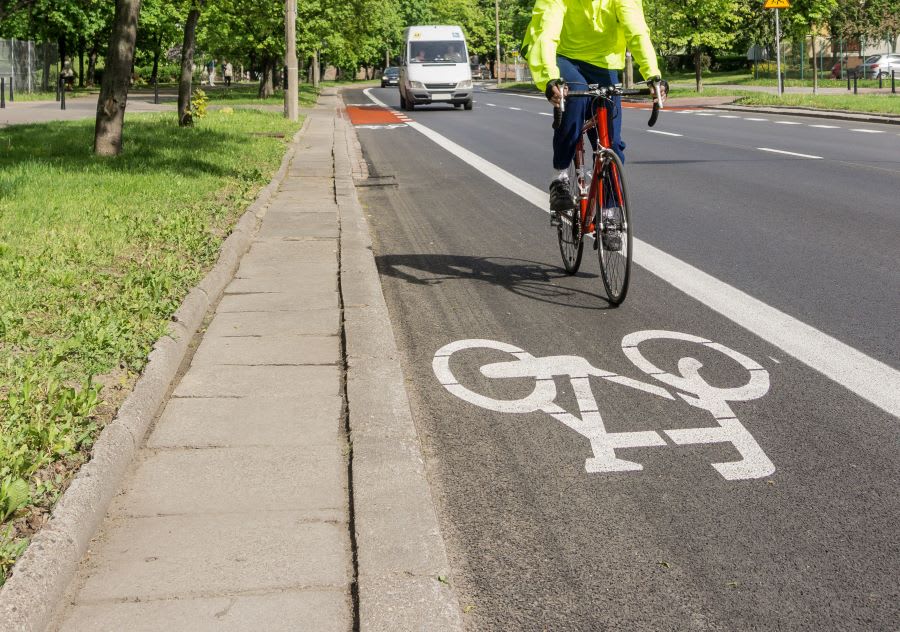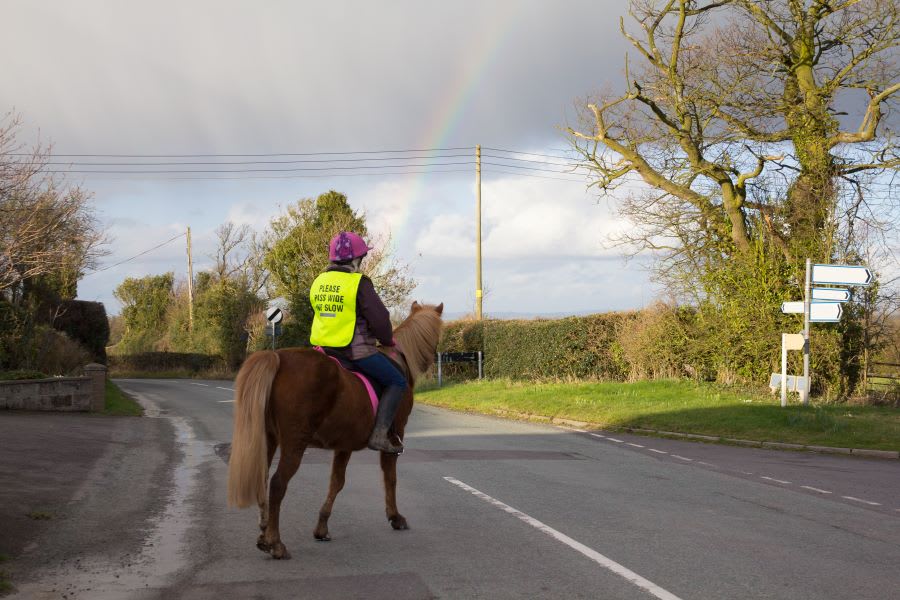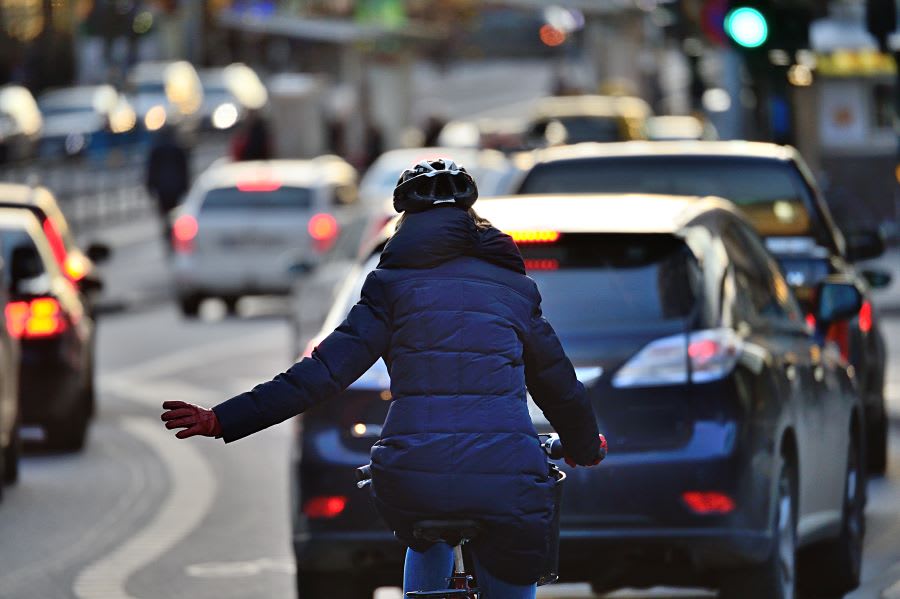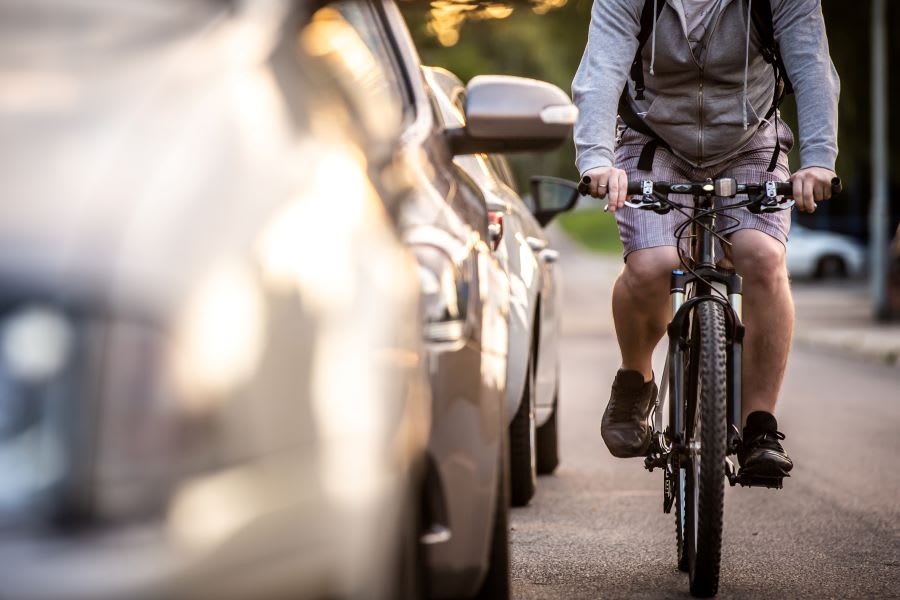Some important changes have been made to the Highway Code this week - and here’s everything you need to know about them as a lease car customer.
First thing’s first, what precisely is the Highway Code?While not in itself a legal document, the Highway Code is a set of rules, guidance and advice drawn up by Government experts - the Department for Transport and the Driver and Vehicle Standards Agency, to be precise.
And having first been introduced way back in 1931, it’s designed to keep all road users safe, whether you’re on four wheels, two wheels, or sitting on the back of a horse.
It’s also essential reading for keeping pedestrians out of harm’s way, too, and remember that many of the Code’s instructions are backed up by law - so you ignore them at your peril unless you want your collar felt.

Within the last few days, there have been 8 significant changes to the Highway Code. You might have read about the announcements in the media, alongside some typically over–the-top gnashing and wailing from some commentators.
But as someone interested in car leasing, the changes will actually have very little impact on your day-to-day motoring experience. Many of the changes simply fall into the ‘common sense’ category, and you’ve probably been taking the necessary precautions already.
So, to make sure you’re fully in the loop, here are the 8 major changes that you need to know about:
1. Hierarchy of road users
The hierarchy places those road users ‘most at risk in the event of a collision’ at the top of the pile. Essentially, the bigger your vehicle, the more care you need to take.
New rule ‘H1’ says:
“Everyone suffers when road collisions occur, whether they are physically injured or not. But those in charge of vehicles that can cause the greatest harm in the event of a collision bear the greatest responsibility to take care and reduce the danger they pose to others. This principle applies most strongly to drivers of large goods and passenger vehicles, vans/minibuses, cars/taxis and motorcycles.”
Rule ‘H2’ concerns drivers, motorcyclists, horse drawn vehicles, horse riders and cyclists - and it’s a biggie.
It says:
“At a junction you should give way to pedestrians crossing or waiting to cross a road into which or from which you are turning.”
So, if you see someone standing on the side of the road you’re about to turn into who is looking for a gap to cross, you need to stop and let them across.
The guidance adds:
“You MUST give way to pedestrians on a zebra crossing, and to pedestrians and cyclists on a parallel crossing.
“You should give way to pedestrians waiting to cross a zebra crossing, and to pedestrians and cyclists waiting to cross a parallel crossing.”
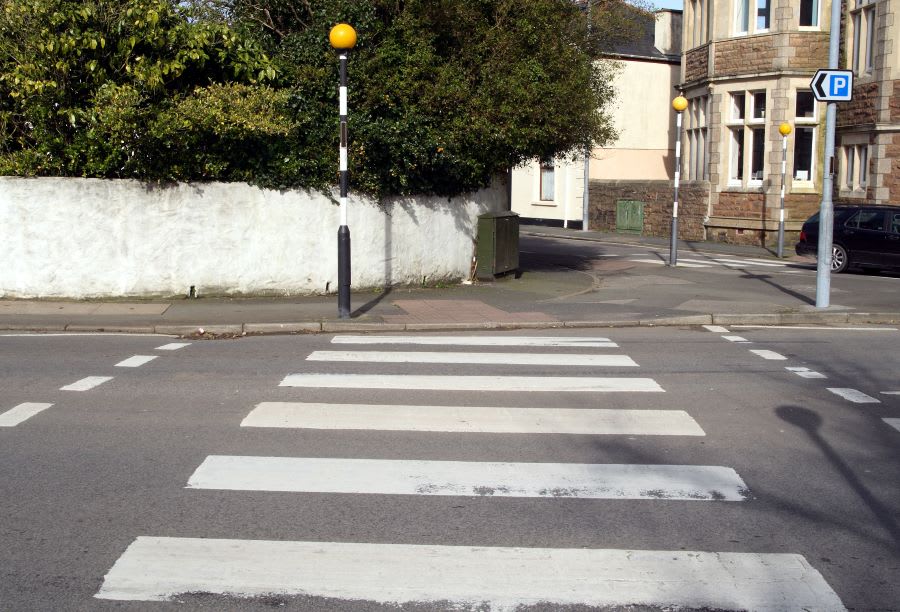
Some of the other guidance under ‘H2’ also says that ‘cyclists should give way to pedestrians on shared use cycle tracks and to horse riders on bridleways’. For many, it’ll be nice to see that instruction written in black and white.
Rule H3 is again trying to keep vulnerable road users safe.
It states:
“You should not cut across cyclists, horse riders or horse drawn vehicles going ahead when you are turning into or out of a junction or changing direction or lane, just as you would not turn across the path of another motor vehicle. This applies whether they are using a cycle lane, a cycle track, or riding ahead on the road and you should give way to them.
“Do not turn at a junction if to do so would cause the cyclist, horse rider or horse drawn vehicle going straight ahead to stop or swerve.”
2. People crossing the road at junctions
Most of this is covered in the guidance above, but for clarity the new rules adds:
“When people are crossing or waiting to cross at a junction, other traffic should give way. If people have started crossing and traffic wants to turn into the road, the people crossing have priority and the traffic should give way.”
3. Walking, cycling or riding in shared spaces
Want to keep everyone safe on your Sunday afternoon amble? This one’s for you.
People cycling, riding a horse or driving a horse-drawn vehicle should respect the safety of people walking in these spaces, but people walking should also take care not to obstruct or endanger them. Cyclists shouldn’t pass groups of people walking when going like the clappers. Also, never ‘pass a horse on the horse’s left..’
4. Positioning in the road when cycling
This one got a lot of keyboard warriors hot under the collar.
But the facts of the matter are this - even if you’re not a cyclist, you’ll know someone who is and you’ll want to keep them safe. And cyclists who follow these rules will have a better chance of making it home in one piece than those who don’t.
The code encourages cyclists to ride ‘in the centre of their lane on quiet roads, in slower-moving traffic and at the approach to junctions or road narrowings’ and should keep ‘at least 0.5 metres (just over 1.5 feet) away from the kerb edge (and further where it is safer) when riding on busy roads with vehicles moving faster than them.’
On the flip side, cyclists should be ‘considerate of the needs of other road users when riding in groups’ - and that means pulling over to let cars pass if there’s a queue forming.
But, crucially, cyclists ‘can ride 2 abreast - and it can be safer to do so, particularly in larger groups or when accompanying children or less experienced riders.’
5. Overtaking when driving or cycling
You might have pondered this scenario in the past - if you approach a slow-moving cyclist or horse rider on a road with unbroken double white lines in the middle, are you actually allowed to overtake them?
The answer is YES, according to the updated Code, which reads:
“You may cross a double-white line if necessary (provided the road is clear) to overtake someone cycling or riding a horse.”
If you’re driving or riding a motorcycle past a cyclist, give them at least 5 feet of space, and never pass a horse at speeds in excess of 10mph.
And the update also confirms that people cycling may pass slower-moving or stationary traffic on their right or left.
6. People cycling at junctions
This is similar to the guidance issued above about pedestrians, in that it doesn’t matter whether you’re in a car or on a push-bike, you still have to give way to pedestrians who are either crossing or waiting to cross.
Importantly, the Code also clarifies that when people cycling are going straight ahead at a junction, they have priority over traffic waiting to turn into or out of a side road, unless road signs or markings indicate otherwise.
Again, it’s common sense, to stop junctions governed by traffic lights from becoming snarled-up and gridlocked.
7. People cycling, riding a horse and driving horse-drawn vehicles on roundabouts
Roundabouts can be treacherous at the best of times, let alone when you’re on a bicycle. So, this guidance is designed to try and make the cyclist’s life slightly less terrifying, keeping everyone around them safe as well.
The instruction reads:
“People driving or riding a motorcycle should give priority to people cycling on roundabouts. The new guidance will say people driving and or riding a motorcycle should ‘not attempt to overtake people cycling within that person’s lane’ but ‘allow people cycling to move across their path as they travel around the roundabout’".
8. Parking, charging and leaving vehicles
If you’re looking to lease an electric vehicle, this rule clarification might well apply to you.
Firstly, to stop opened doors posing a threat to other road users, the Code recommends a new technique when leaving vehicles called the ‘Dutch Reach’.
The guidance explains:
“Where people driving or passengers in a vehicle are able to do so, they should open the door using their hand on the opposite side to the door they are opening. For example, using their left hand to open a door on their right-hand side. This will make them turn their head to look over their shoulder behind them.”
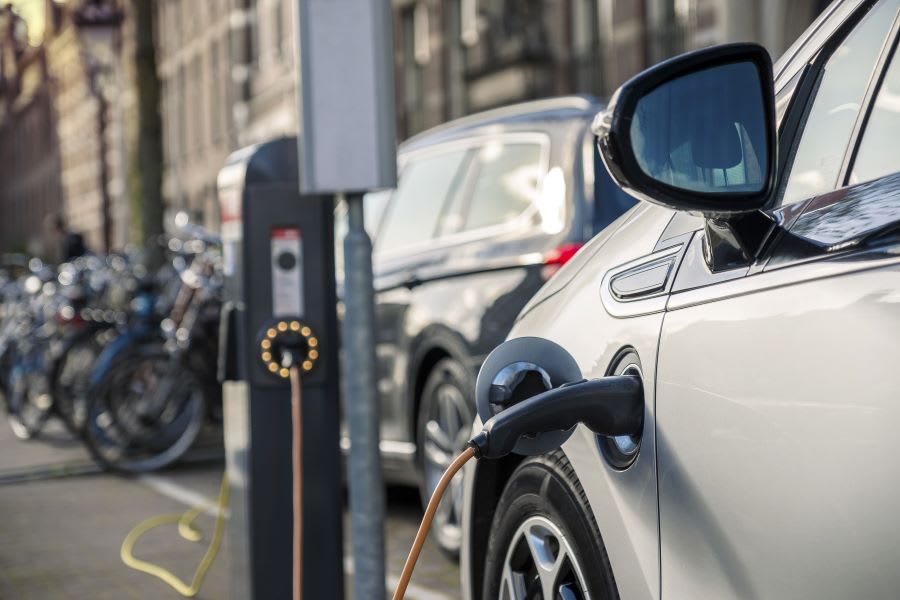
And for the very first time, the Code now includes guidance about using electric vehicle charging points.
You should ‘park close to the charge point and avoid creating a trip hazard for people walking from trailing cables’, ‘display a warning sign if you can’ and ‘return charging cables and connectors neatly to minimise the danger to other people and avoid creating an obstacle for other road users’.
Enjoyed this? Read more of our latest news:
-
An eye on the automotive industry: all about hybrids
-
Flagship Range Rover SV now available to order
-
Latest electric vehicle news - January 2022
-
New BMW 8 Series and M8 unleashed
-
Everything you need to know about ‘Car of the Year’ Kia EV6
Where To Next?
For all the latest reviews, advice and new car deals, sign up to our newsletter.
Looking for a great leasing deal? Check out our incredible range of car lease deals.
Read our latest reviews and find the right model for you.
Want to know more about hybrid and electric leasing? Take a look at our comprehensive leasing guides.
Interested in everything motoring? Why not catch up on all the latest car leasing news.

